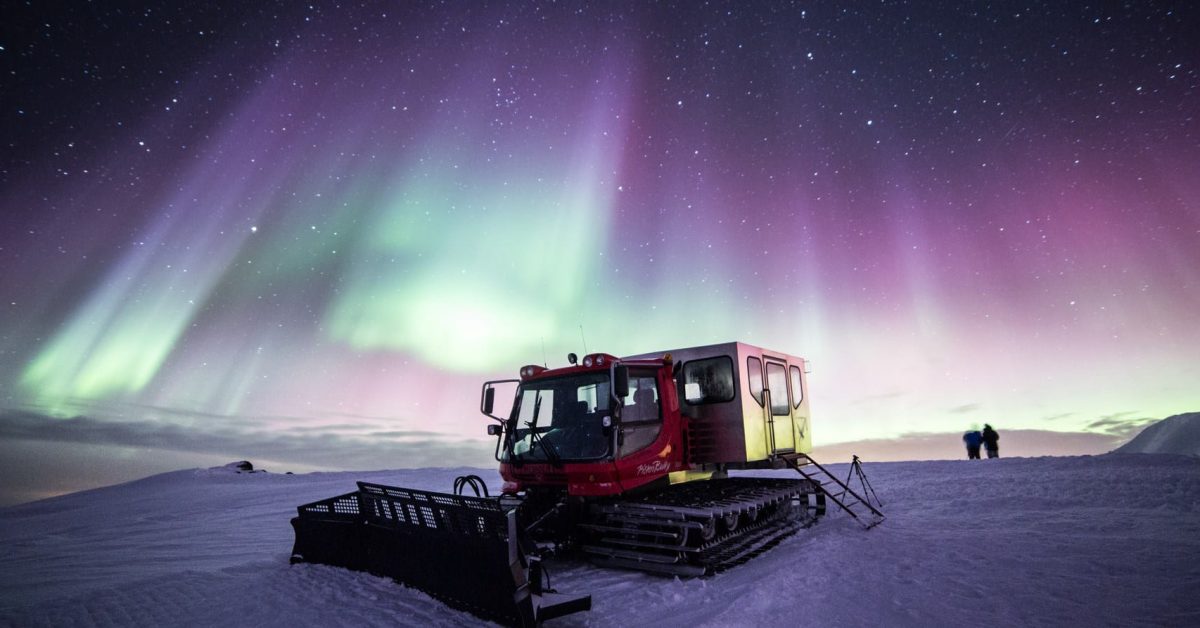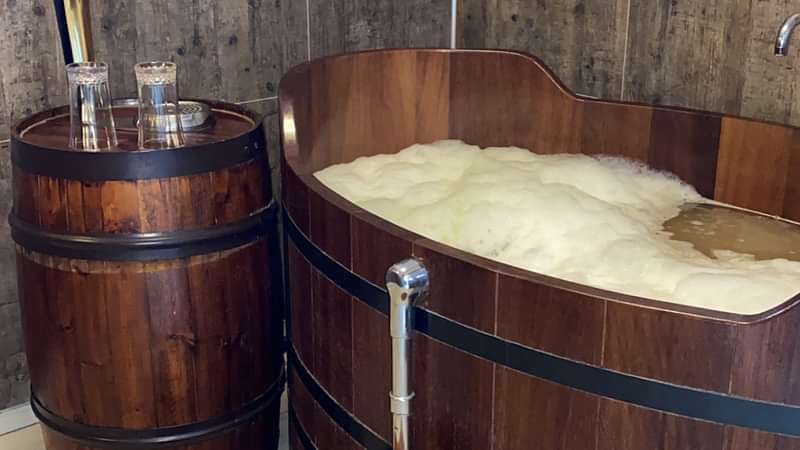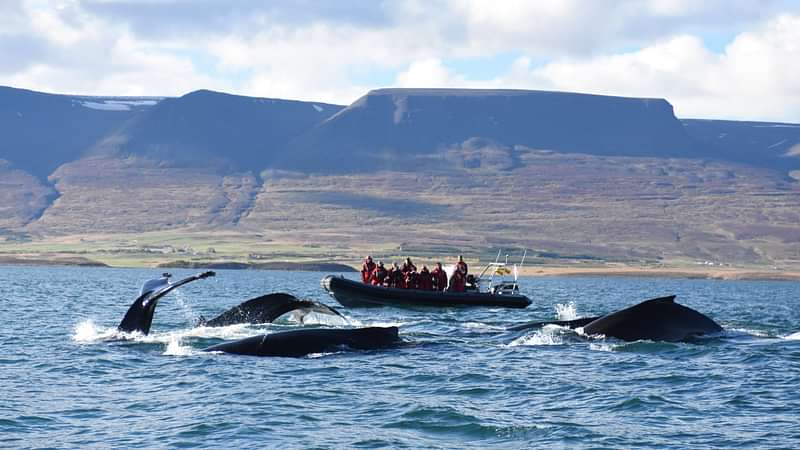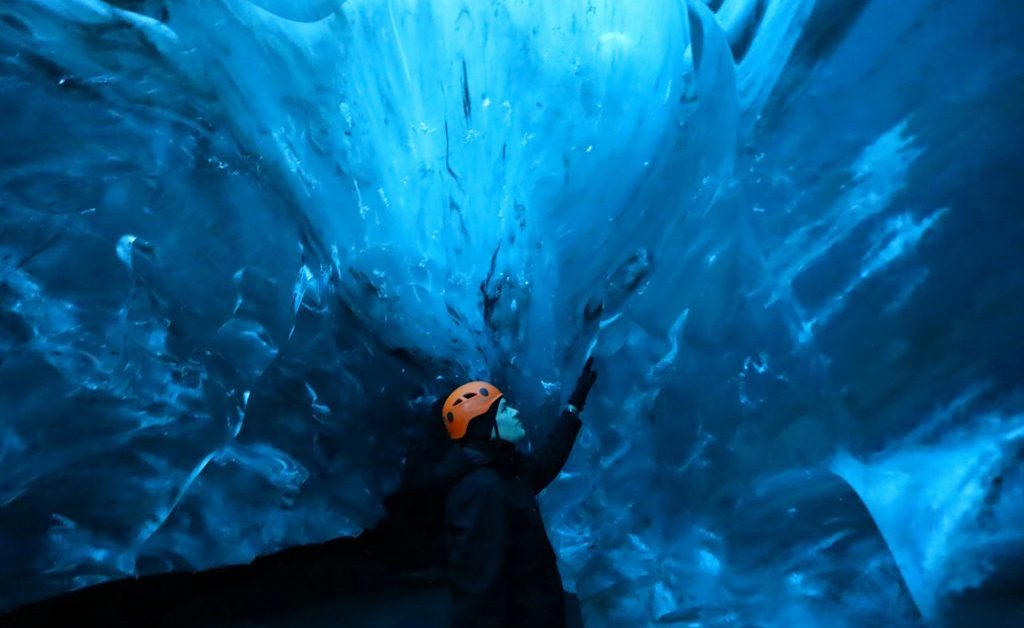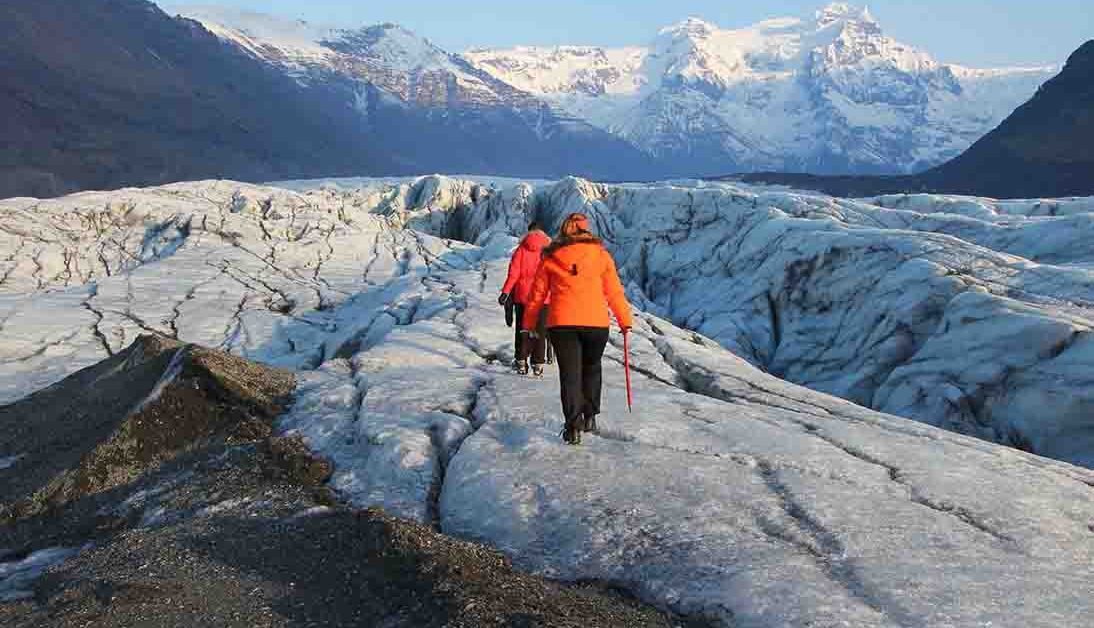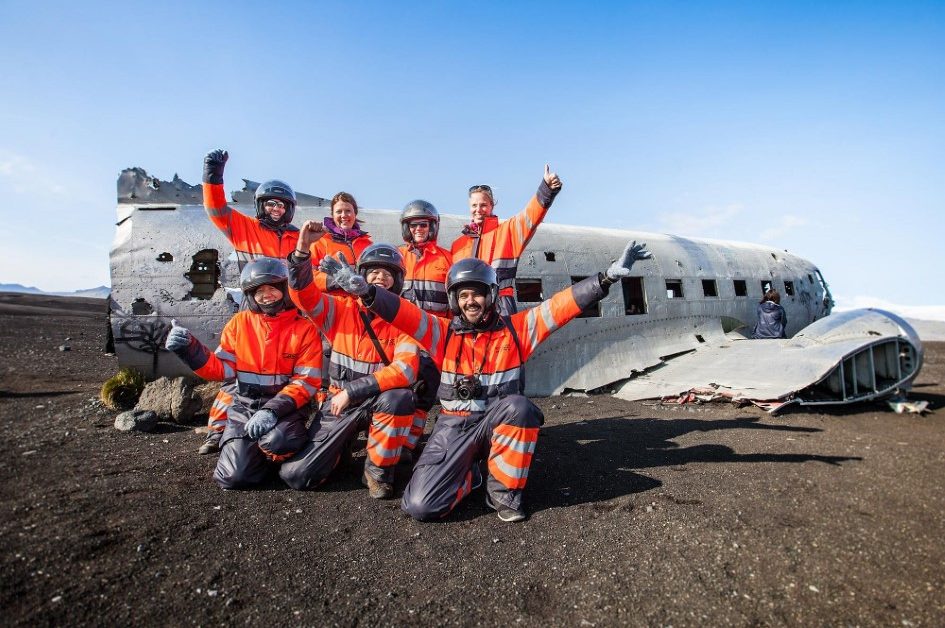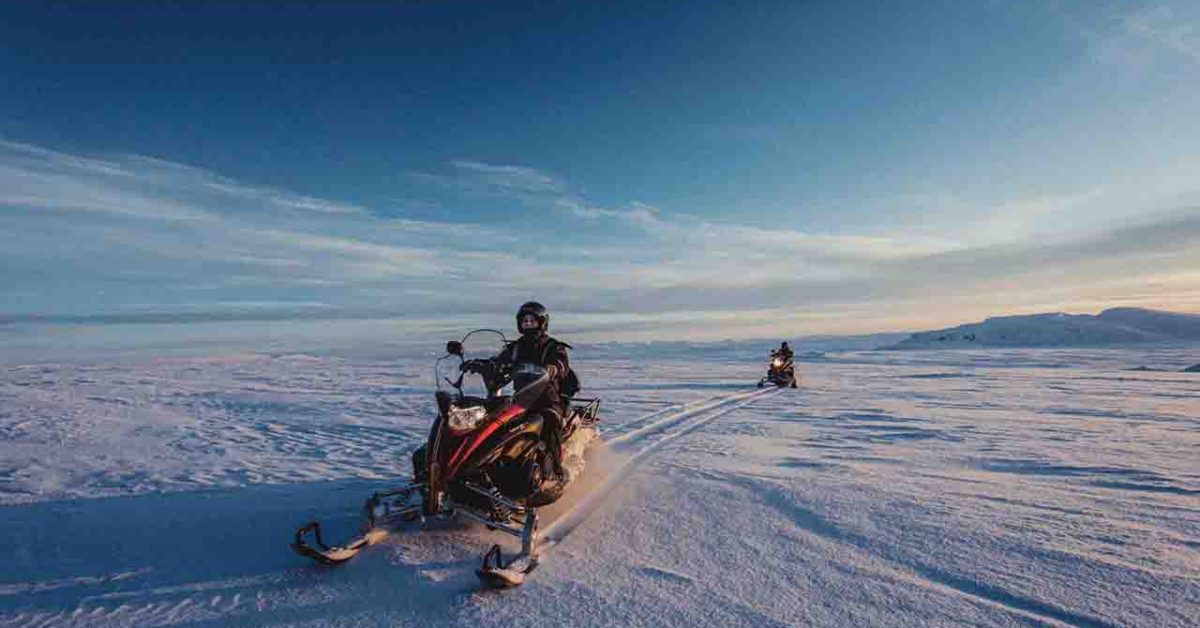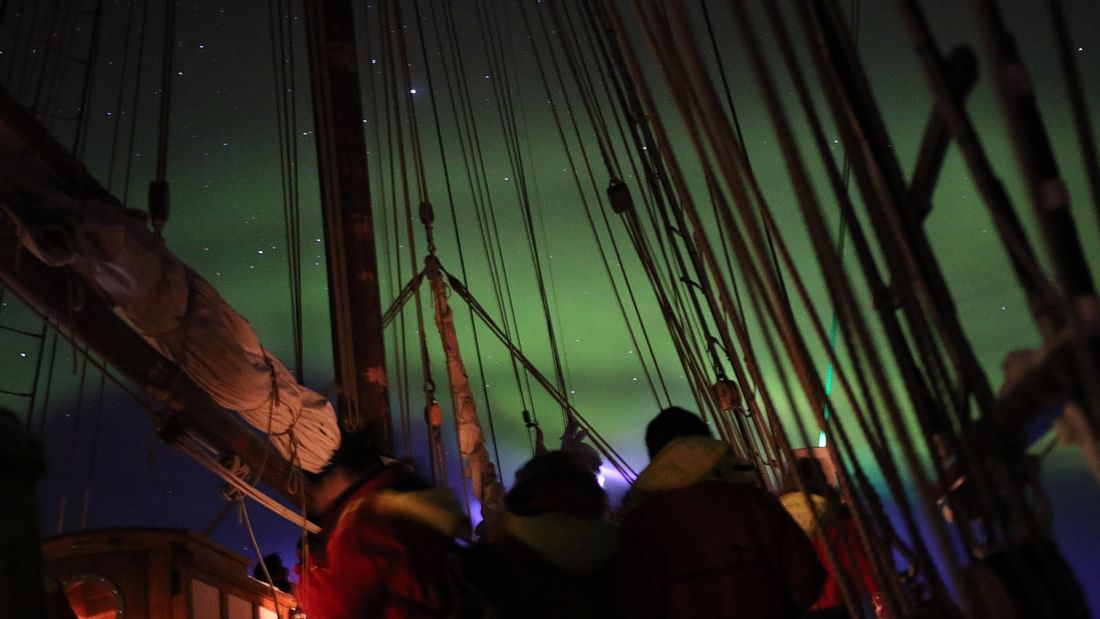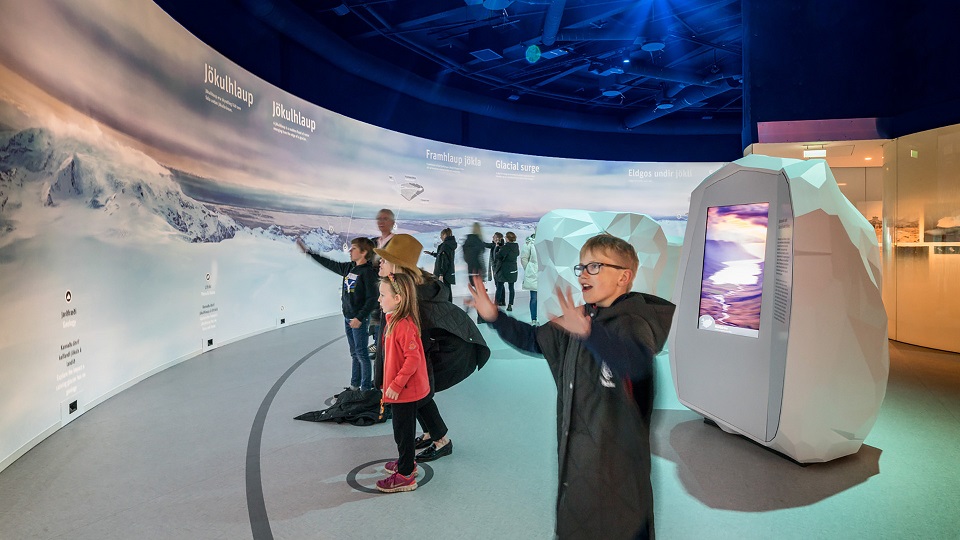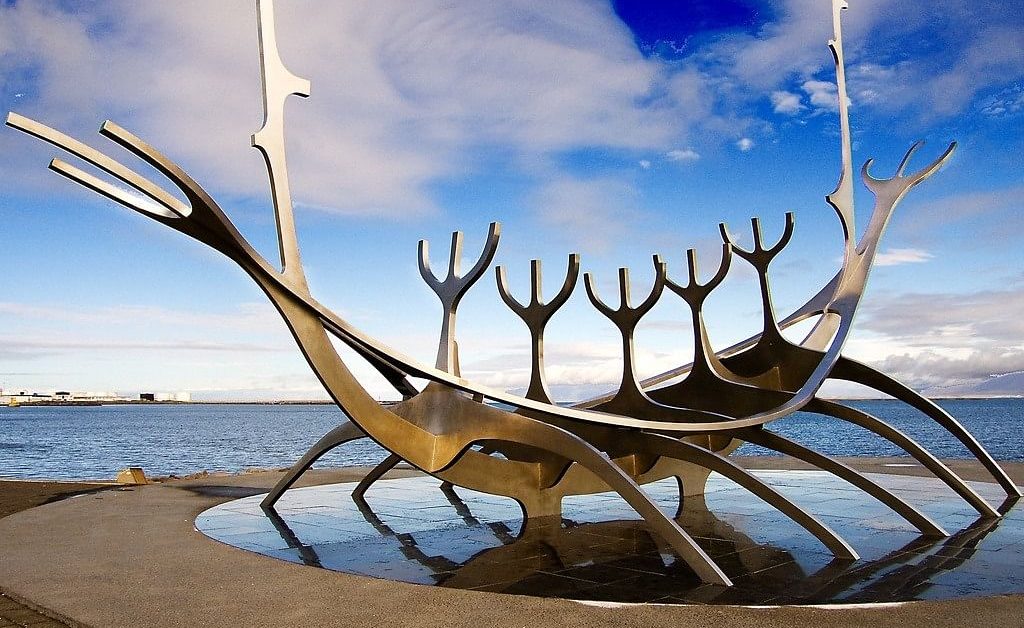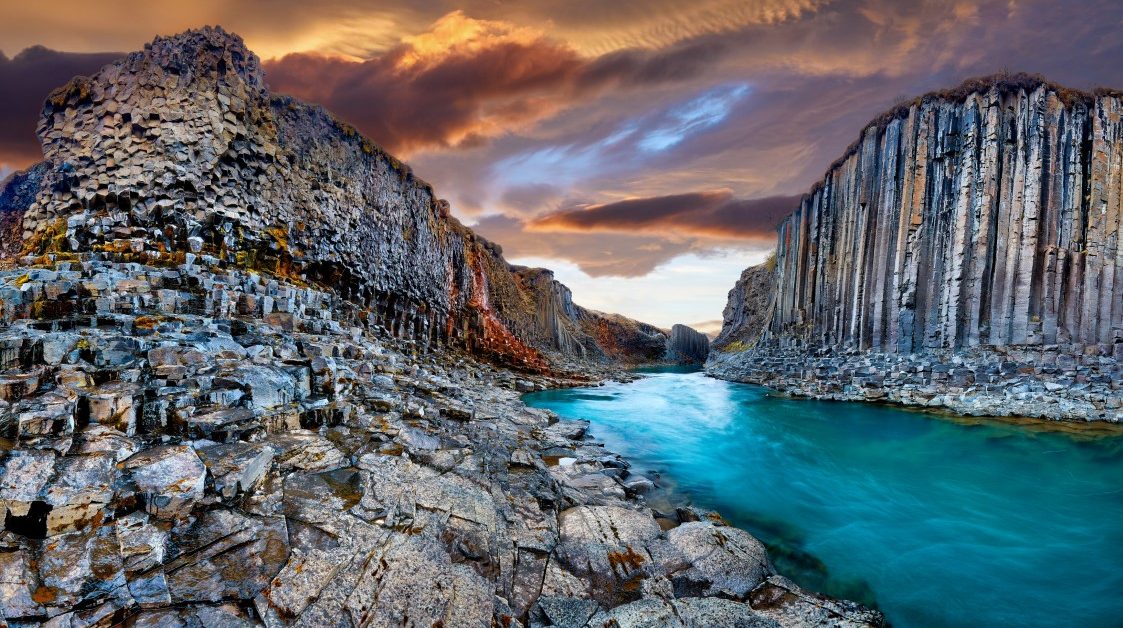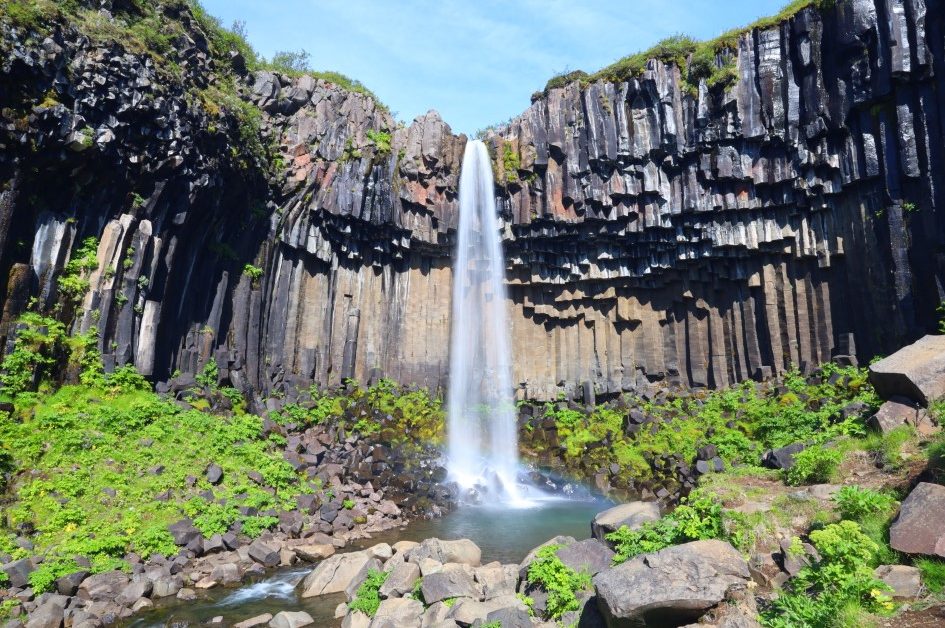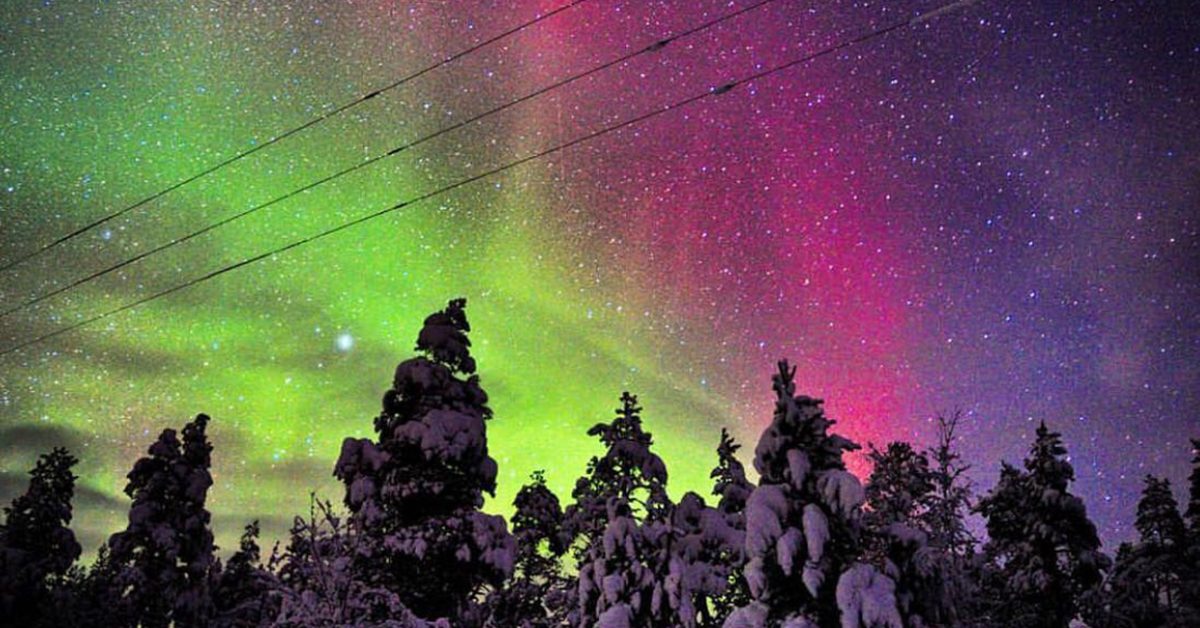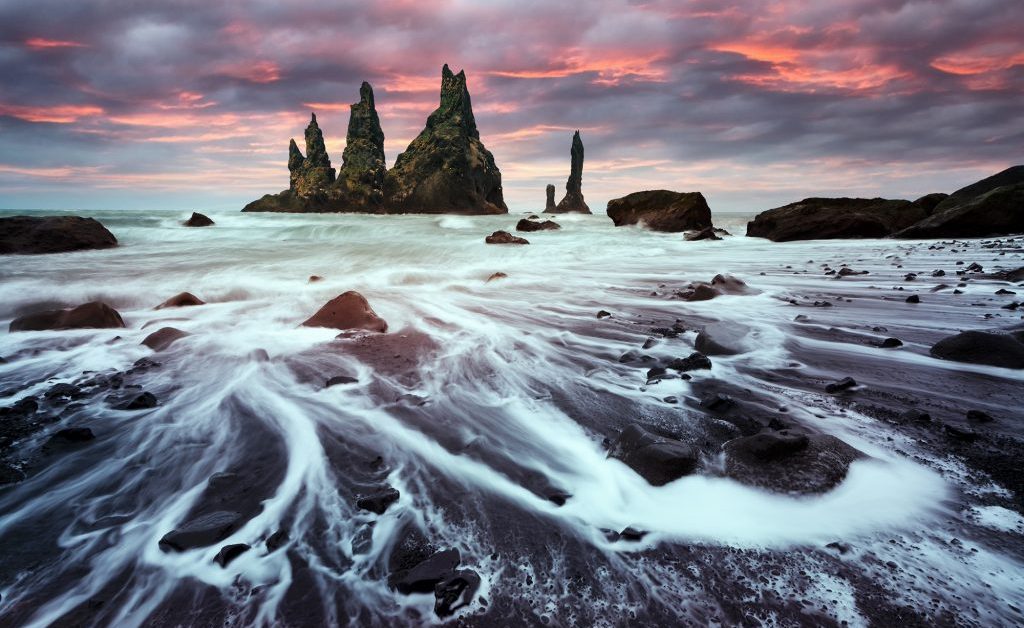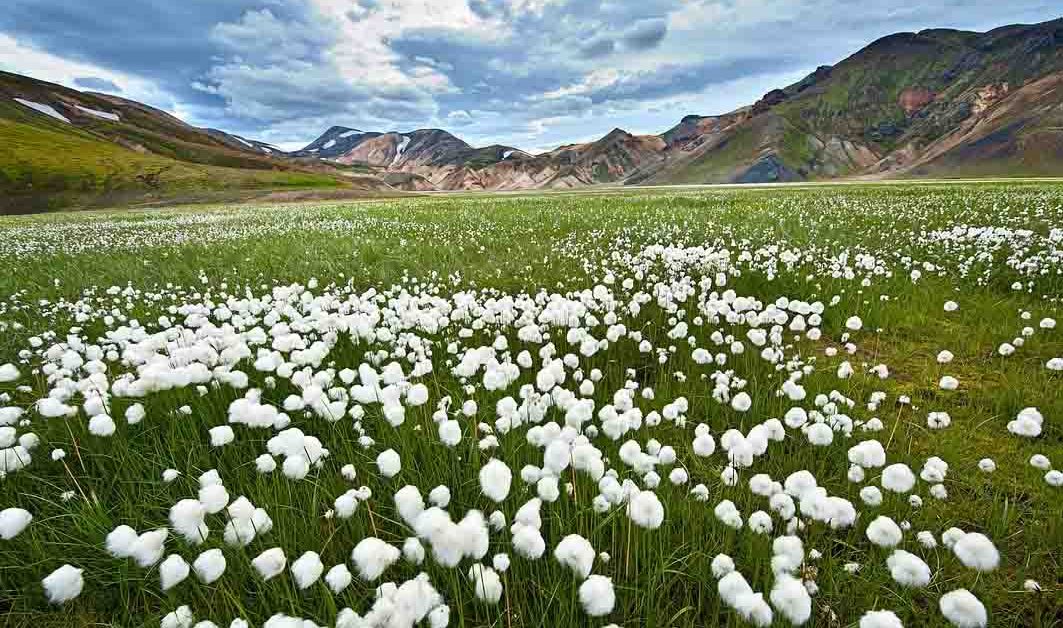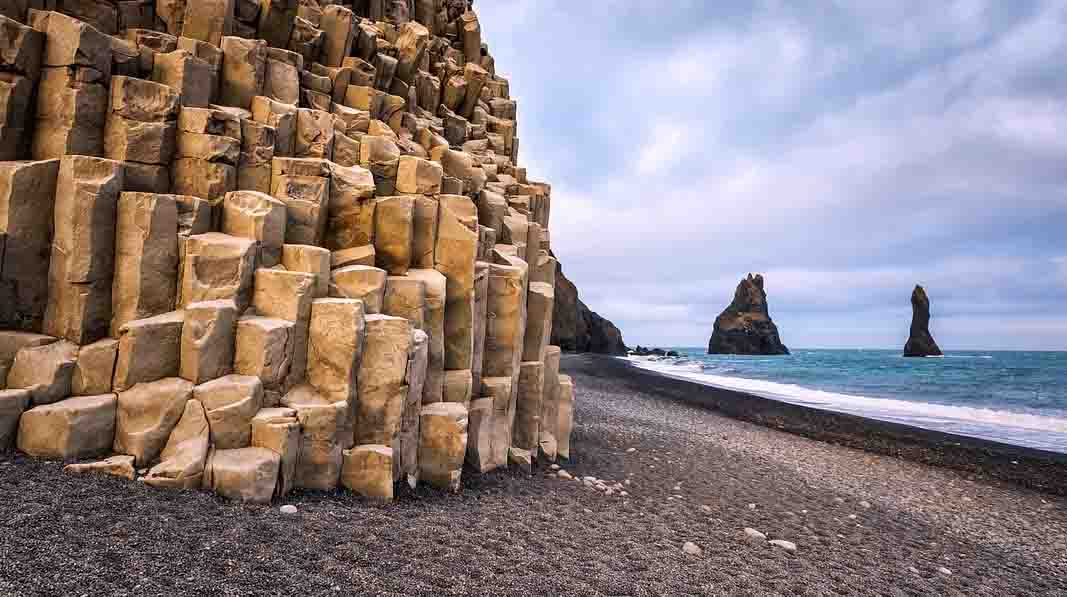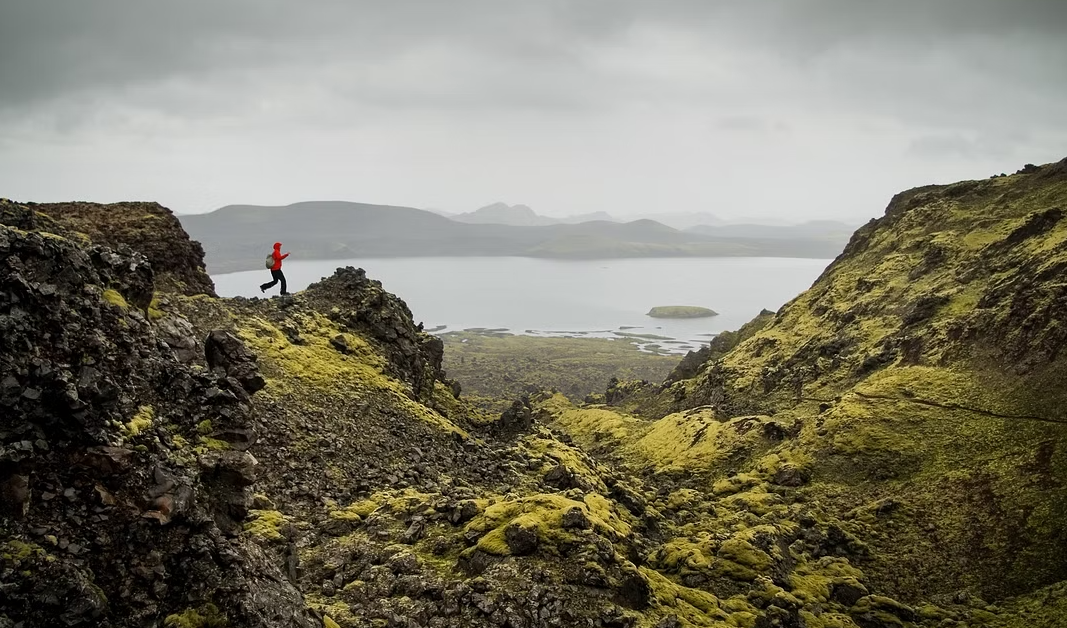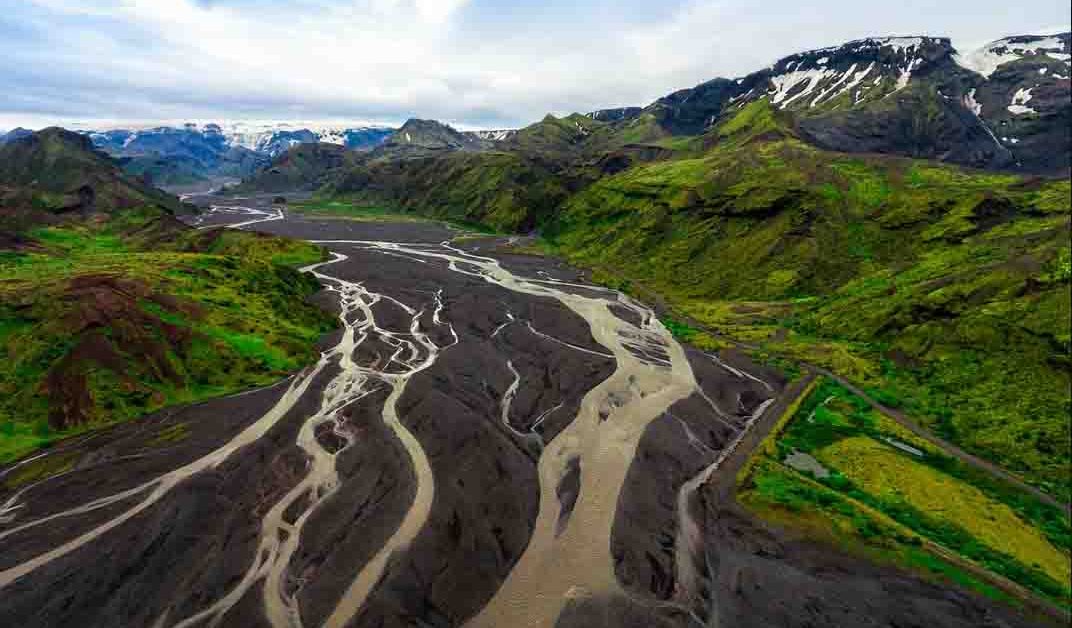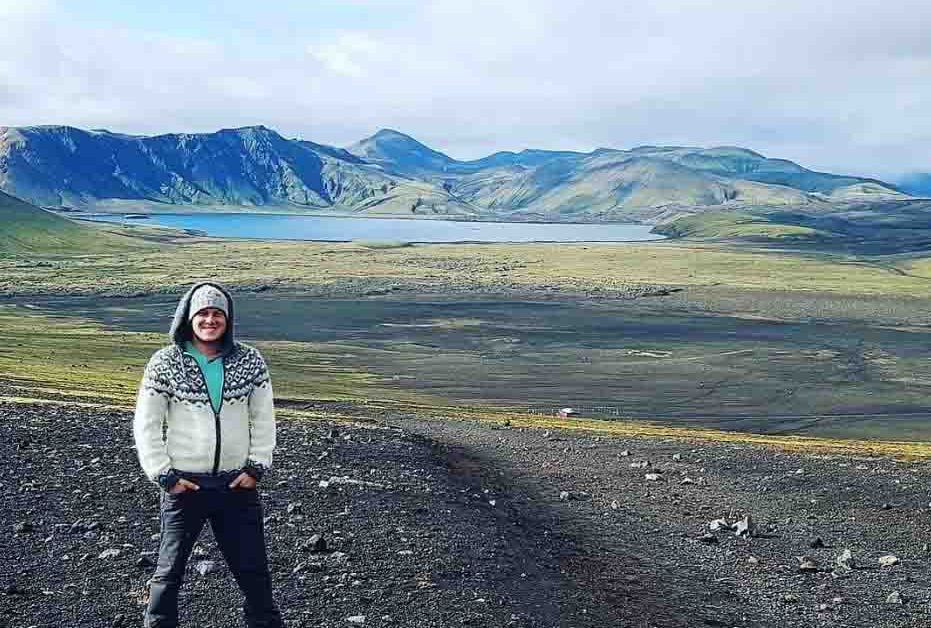Discovering the Wild Heart of the Land of Fire and Ice
Iceland’s local wildlife is distinctive, shaped by its isolated location in the North Atlantic. While the island has relatively few native land animals due to its volcanic nature and recent human settlement, it has a rich marine ecosystem and a unique array of birds.
As a remote island, Iceland protects its flora and fauna by encouraging sustainable tourism and environmentally friendly activities. Tourism is one factor that might harm the local environment if it is conducted without responsibility and respect for Iceland’s fragile nature.
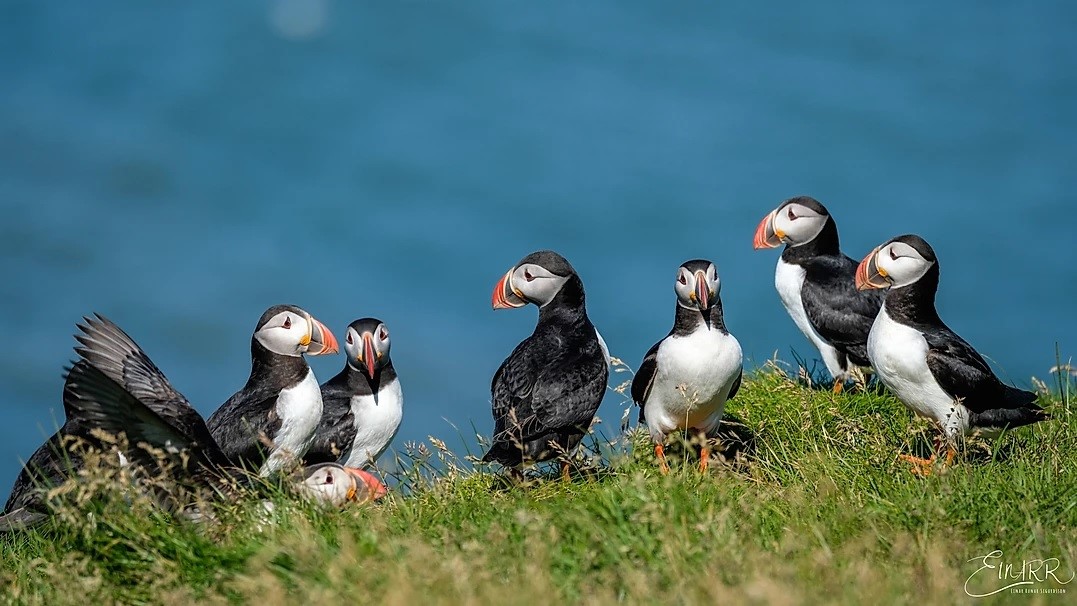
When visiting Iceland, we recommend admiring its beauty and trying to leave everything as you found it. Don’t forget that local fauna and flora are scarce and fragile, so take a moment to enjoy them and be thankful you had the chance to witness them.
Due to its harsh conditions and relief, Iceland has few native animals, but some beautiful mammals, birds, and marine life species roam freely in and around Iceland.

There are three species of land mammals that you will find in different parts of Iceland:
The Arctic Fox is the only native land mammal in Iceland.
The Arctic fox (Vulpes lagopus) has been in Iceland since the last Ice Age.
These small, adaptable predators are found throughout the country, particularly in coastal areas and the highlands. Their thick fur coat changes colour with the seasons, becoming white in winter and brown or grey in summer. They are most abundant in the Icelandic Westfjords.
Explore the Westfjords of Iceland and unveil its natural secrets on a Westfjords day tour.
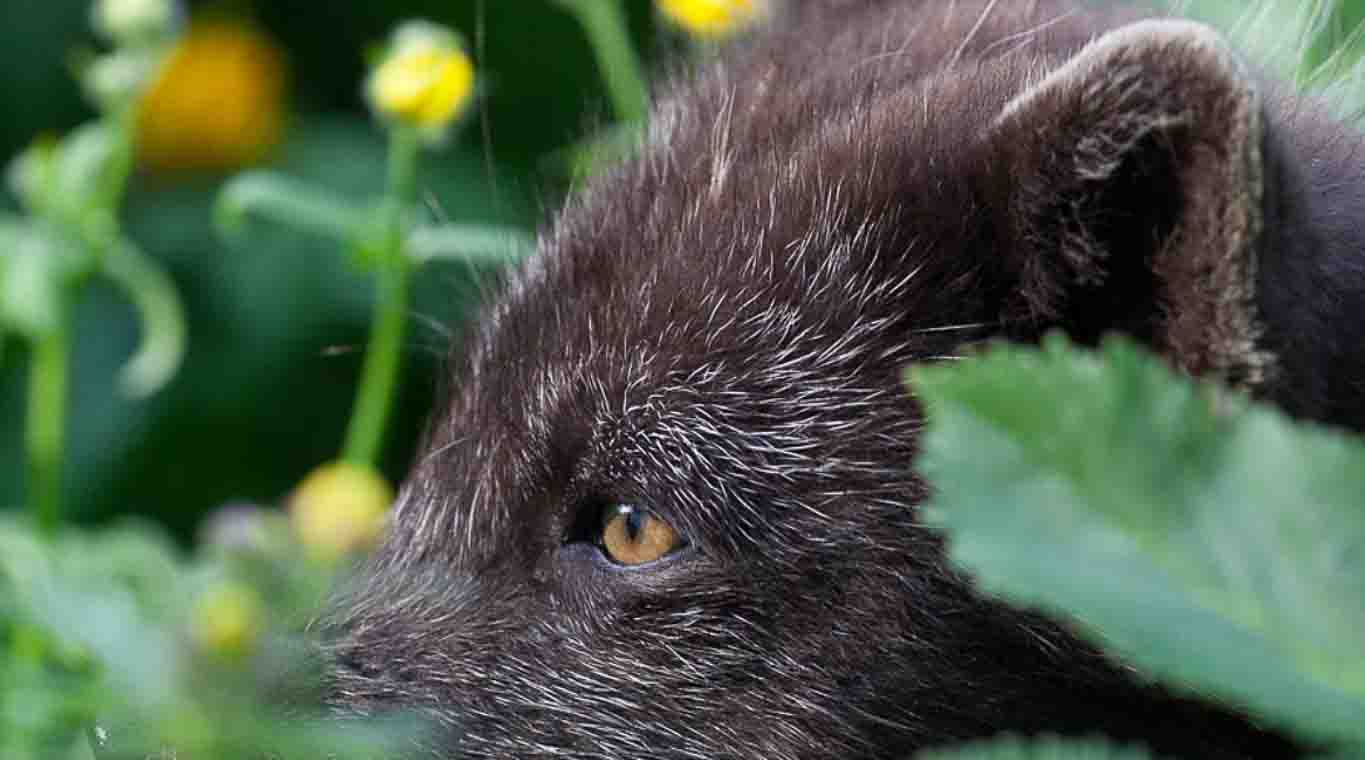
The Reindeer was introduced in Iceland in the late 18th century from Norway.
Reindeer (Rangifer tarandus) are found mainly in the eastern part of Iceland. They roam freely in the wild and are sometimes hunted for meat and hides.
Drive safely if you see them near the road. If they cross the road, wait for them to be far enough from the road so you can pass with your car. It might be hazardous if you don’t respect the distance, and they may get scared and hit your vehicle.
Witness the reindeer roaming freely in the breathtaking Icelandic nature while on a self-drive or a private tour.
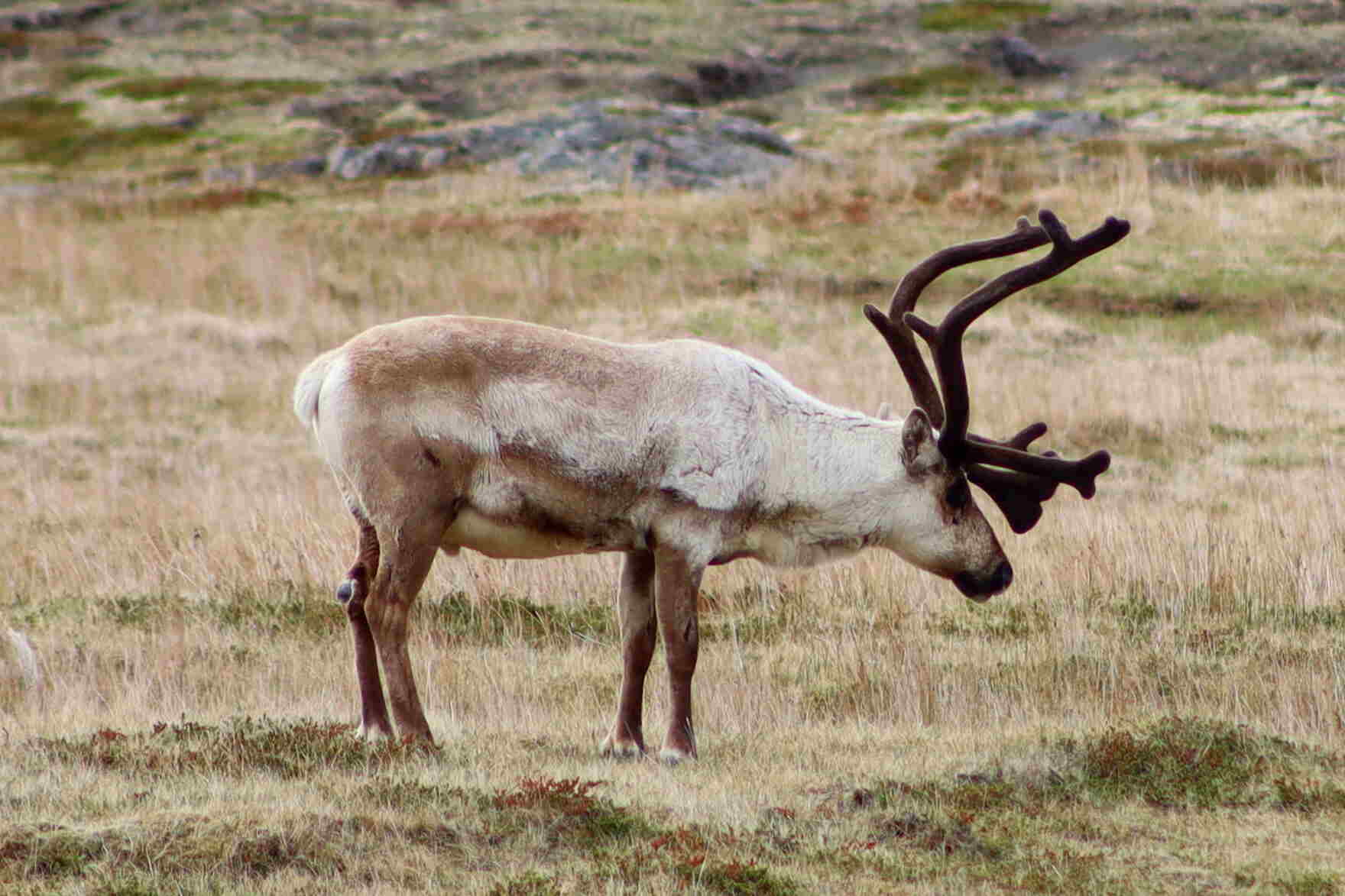
Another introduced species in Iceland is the mink. The American mink (Neovison vison) was brought to Iceland for fur farming in the 20th century. Some escaped from cages and established wild populations, which have become widespread. They are considered a threat to native bird populations.
Minks are semiaquatic animals that live primarily in coastal areas in the South and West of Iceland.
Spot the minks on a tour of the Snaefellsness Peninsula.
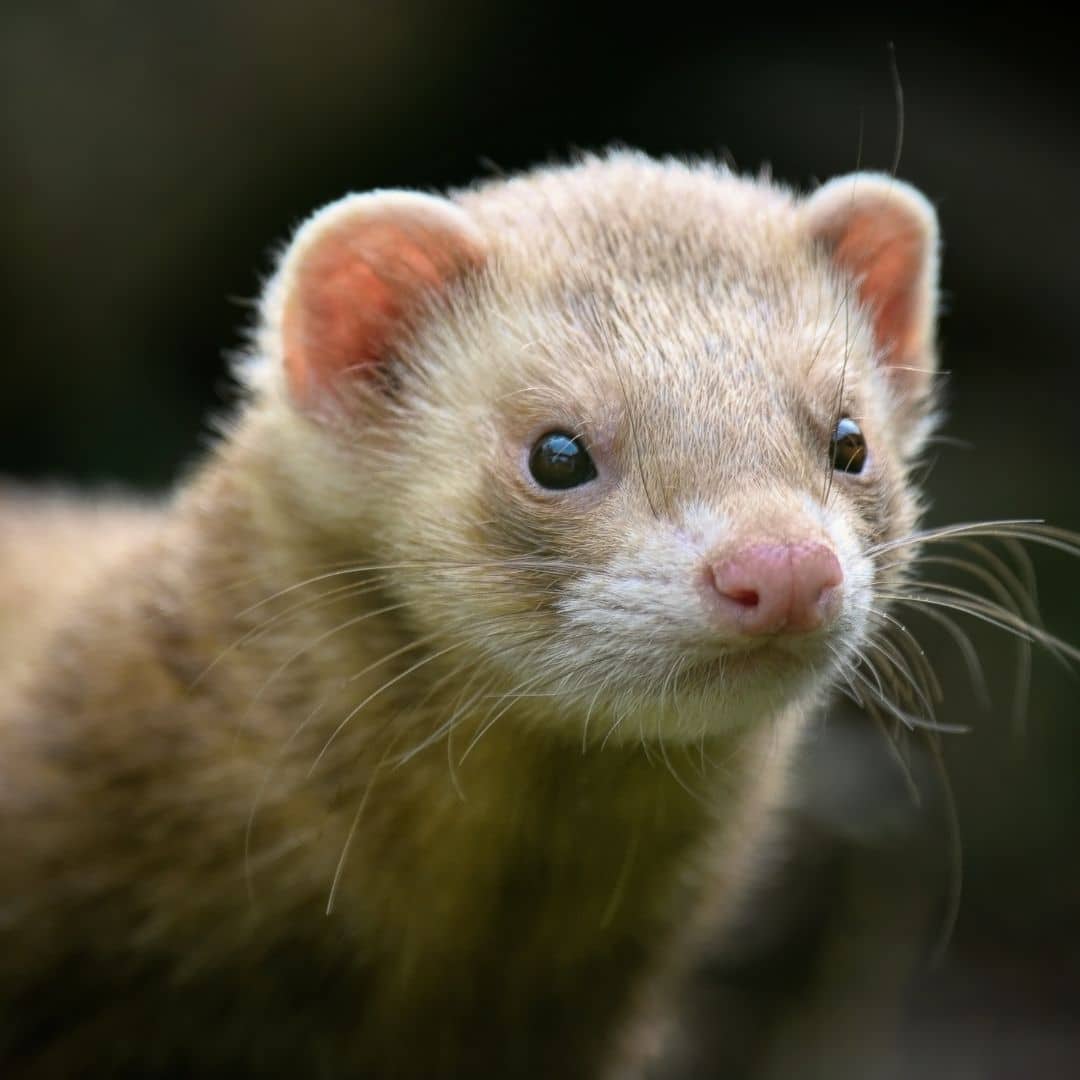
Iceland is a paradise for birdwatchers, with various seabirds, waders, and other species crossing the sky mostly during summer. Some of the most notable birds include:
The Atlantic puffin (Fratercula arctica) is perhaps Iceland’s most famous bird; some will say it is the unofficial national bird. Large colonies nest along the coastal cliffs, particularly in the Westman Islands, Westfjords, Eastfjords and the Southern coast.
Read more about the Puffins in Iceland and the best places to spot them on our blogs.
If you want to get closer and photograph them, book a puffin-watching tour.
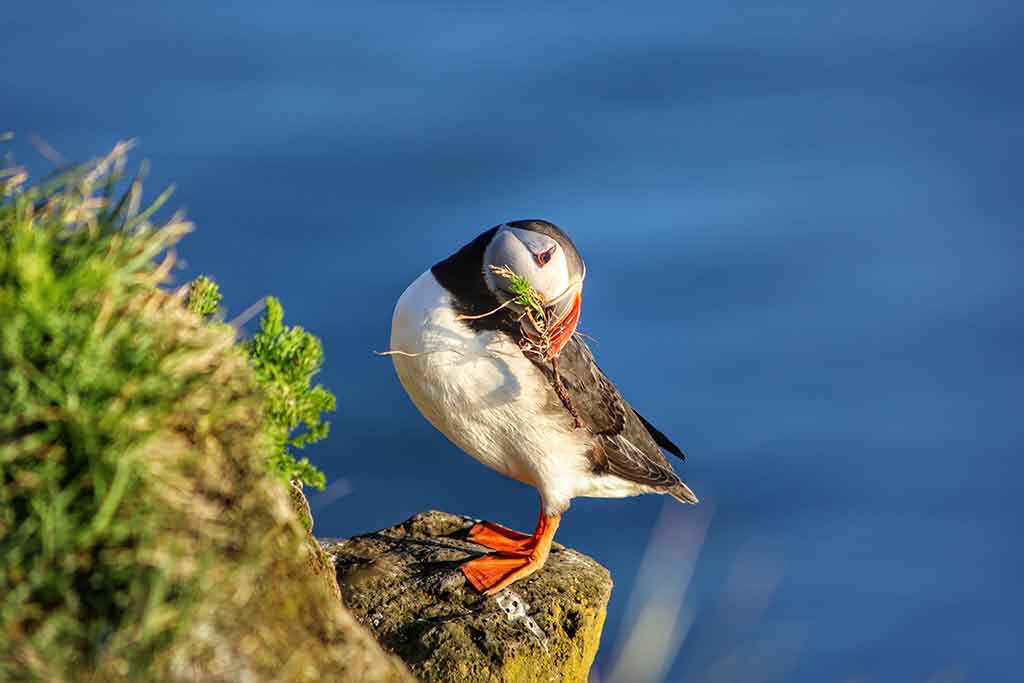
Iceland’s official national bird is the Gyrfalcon (Falco rusticolus), the largest falcon species. It is a skilled hunter, preying mainly on ptarmigan.
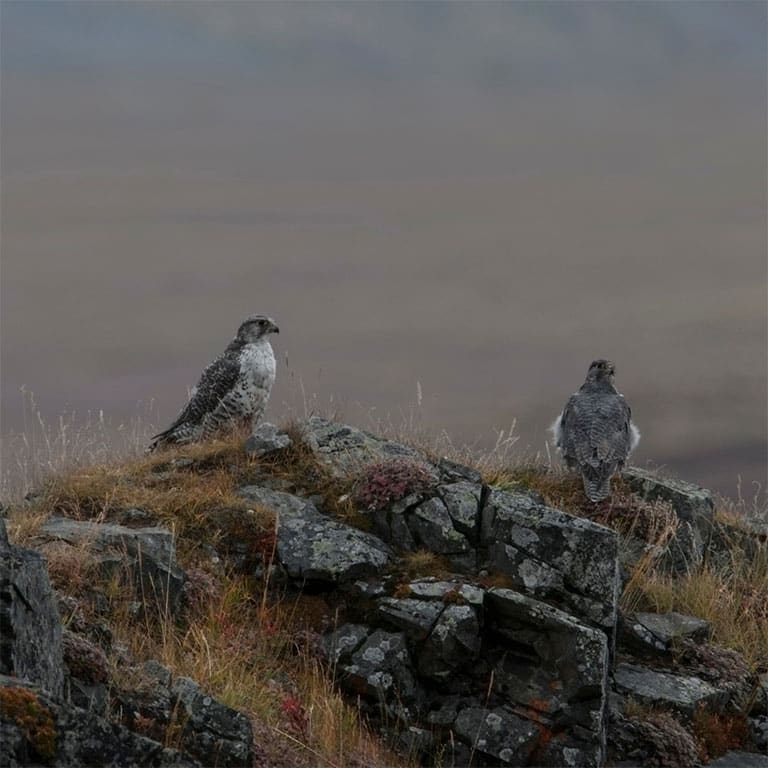
The Icelandic Gull. Various gull species are common in Iceland, including the Iceland Gull (Larus glaucoides), often seen in coastal and inland areas.
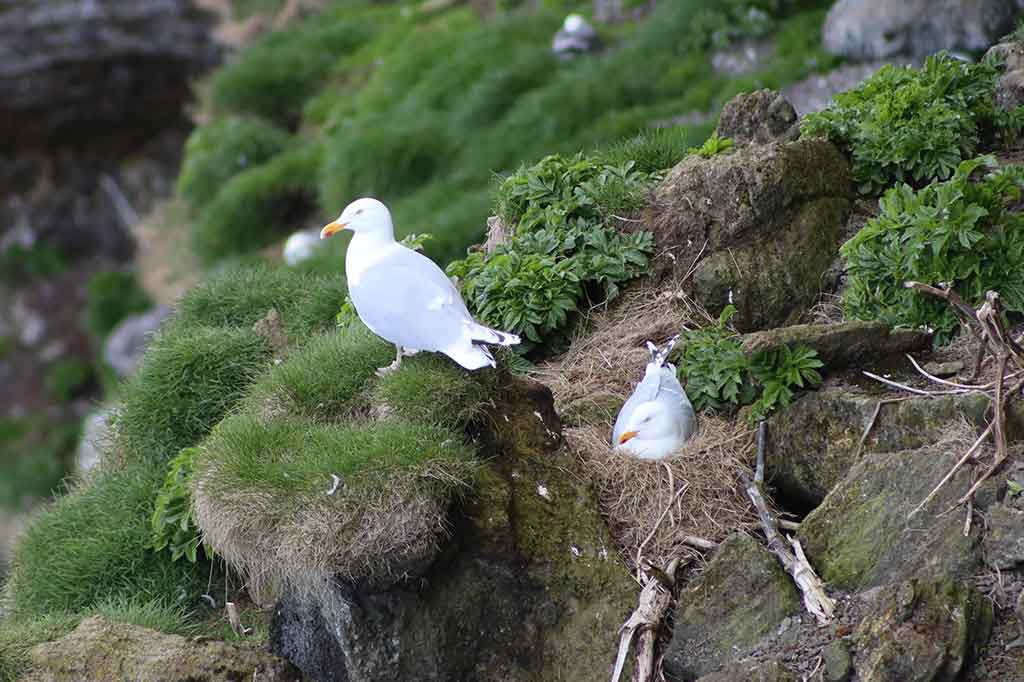
The Golden Plover (Pluvialis apricaria) is often seen as a herald of spring in Iceland. Locals eagerly await its arrival.
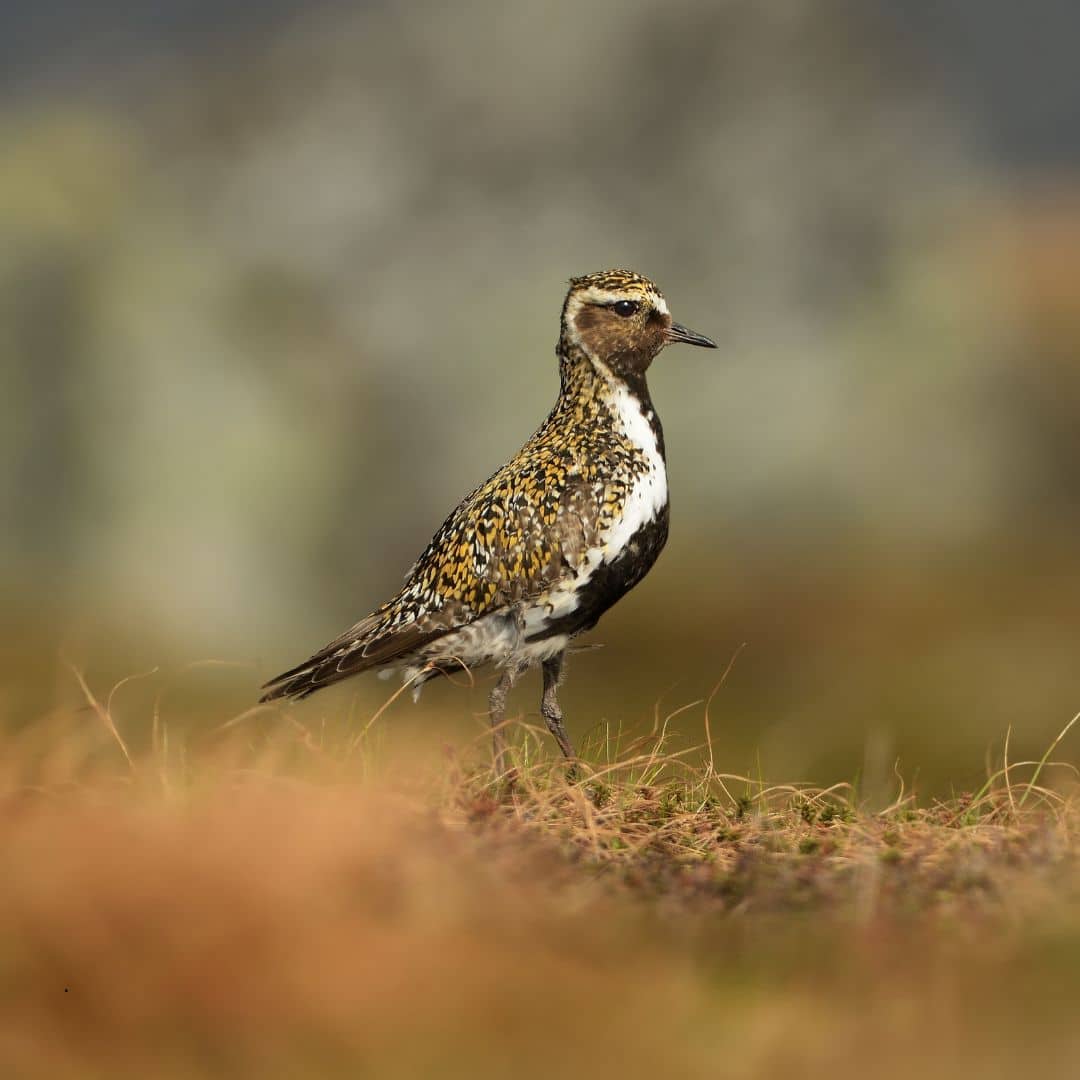
The Whooper Swan (Cygnus cygnus) breeds in Iceland, and large flocks can be seen on lakes and wetlands in areas like Reykjavik, Hvalnes Nature Reserve, and the deep fjords in western and eastern Iceland.
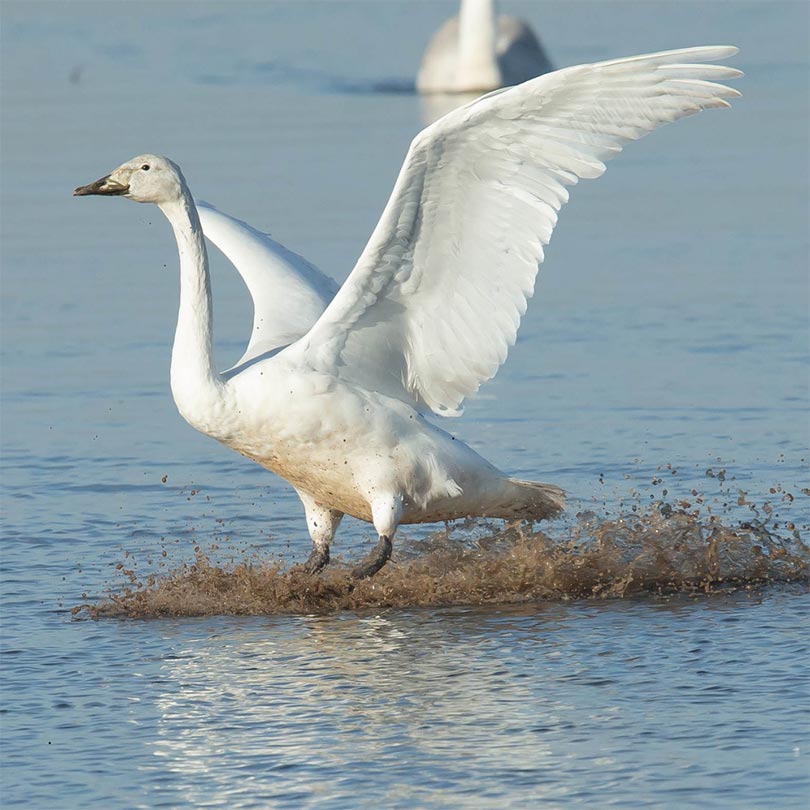
Iceland’s geographical position offers rich marine life around it. Once, marine life represented an essential source of food and an economic resource for Icelanders.
Nowadays, Icelanders try to limit their marine activities to protect the marine life around the Icelandic coasts.
Iceland’s surrounding waters are rich in marine life, supporting a variety of fish, mammals, and invertebrates:
Iceland is one of the best places in the world for whale watching. Common species include the minke whale (Balaenoptera acutorostrata), humpback whale (Megaptera novaeangliae), and blue whale (Balaenoptera musculus). Orcas (Orcinus orca) and sperm whales (Physeter macrocephalus) are also seen in the fjords.
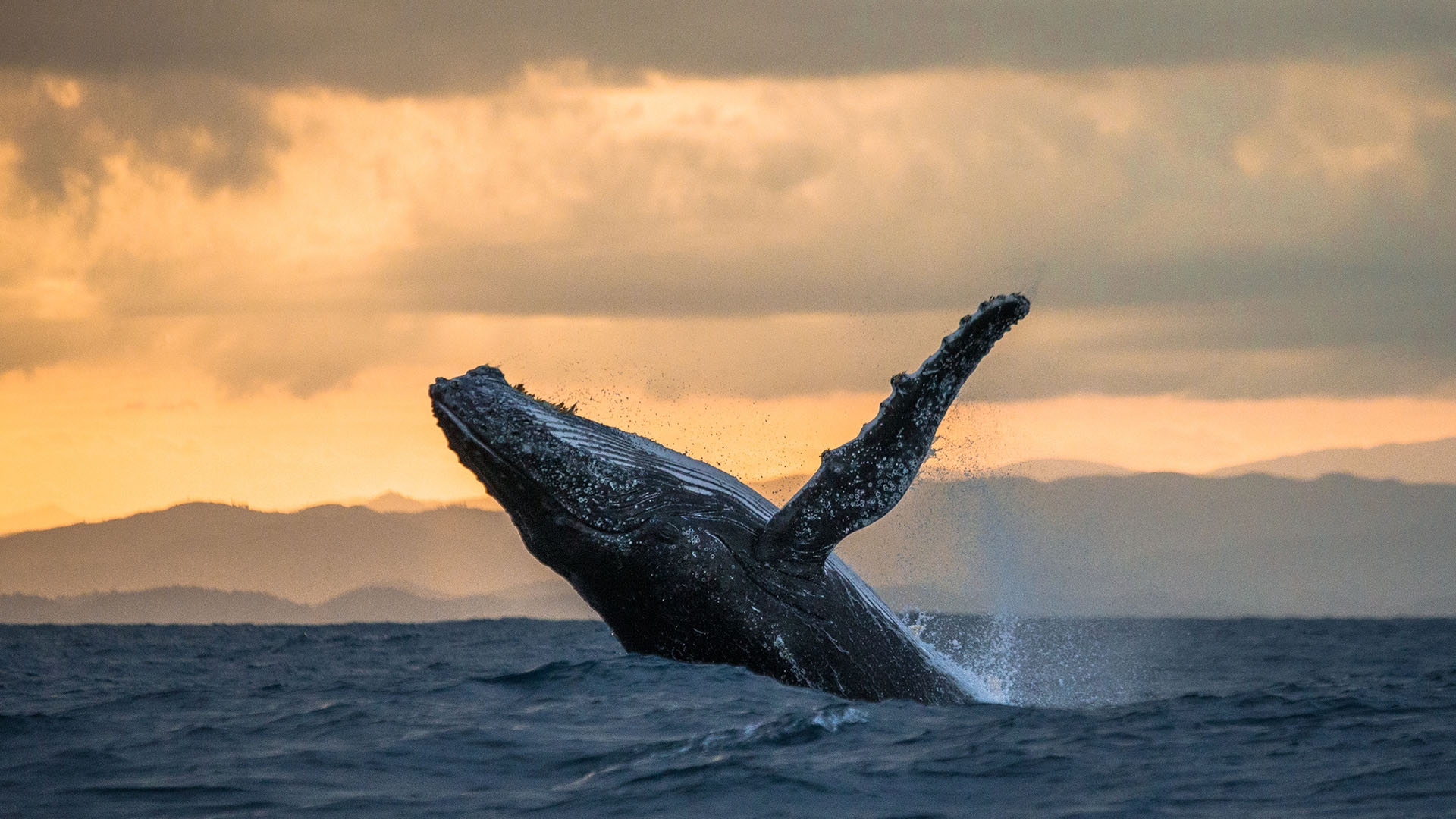
The northern part of Iceland hosts the most abundant marine life, and many whale-watching tours can take you closer to the ‘gentle giants’ in the ocean.
The western coasts are also famous for whale-watching tours; check out our tour offers here.
The most common seals around Iceland are the harbour seal (Phoca vitulina) and the grey seal (Halichoerus grypus). They are often spotted along the coastline, especially in the Westfjords.
Another place where you can spot seals very closely is the Jokulsarlon Glacier Lagoon during summer. You will see seals swimming between icebergs or resting on the ice blocks.
Enjoy the views over the Jokulsarlon Glacier Lagoon while exploring Iceland on a private tour.

Iceland’s fisheries are among the most productive in the world. Cod (Gadus morhua) is the most important commercial species, but other fish like haddock (Melanogrammus aeglefinus), herring (Clupea harengus), and capelin (Mallotus villosus) are also abundant.
You can experience fishing with a local in Iceland by booking a fishing tour on our website.
If you want to enjoy a culinary delight made with Icelandic fish, read our Restaurant Recommendations blog to find the best place.
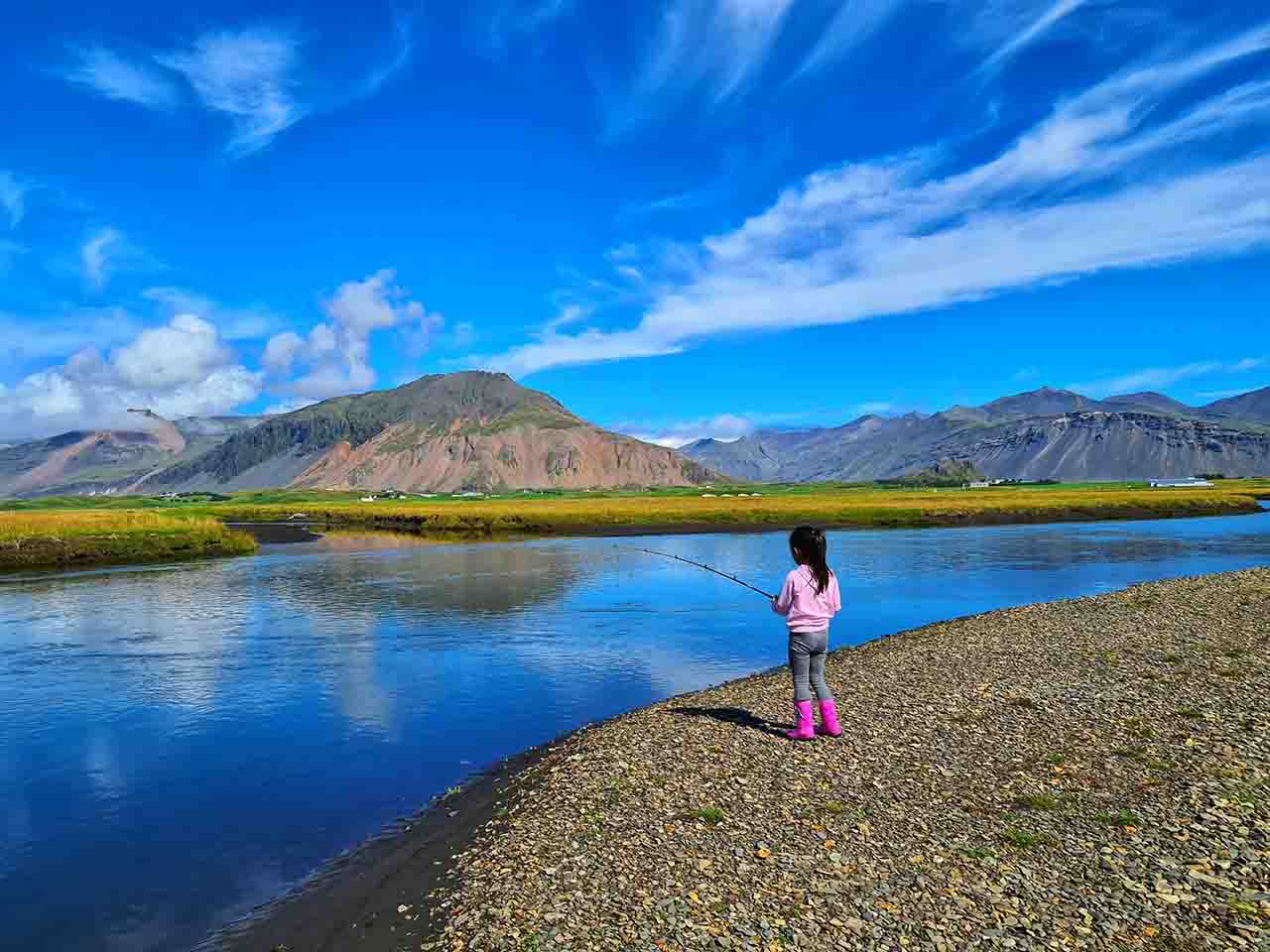
Icelandic waters are home to shellfish, such as scallops, lobsters and crabs, which are ecologically and economically important.
Höfn is a small Icelandic town on the southeastern coast of Iceland that is the home of lobsters. Some restaurants near the harbour serve the best dishes with lobsters.

You probably have seen everywhere on the internet that there are no mosquitoes in Iceland. Happy people! But there are many other insect species that you will find in Iceland.
Iceland is relatively free of bothersome insects, with no mosquitoes. However, particular areas, especially around Lake Mývatn, are known for their dense midge populations.
Iceland has a few species of beetles and butterflies, though they are less diverse than other regions. Notable species include the Small Tortoiseshell butterfly (Aglais urticae).
Explore the Mývatn area and relax in the Mývatn Nature Baths by booking a ticket to the spa.
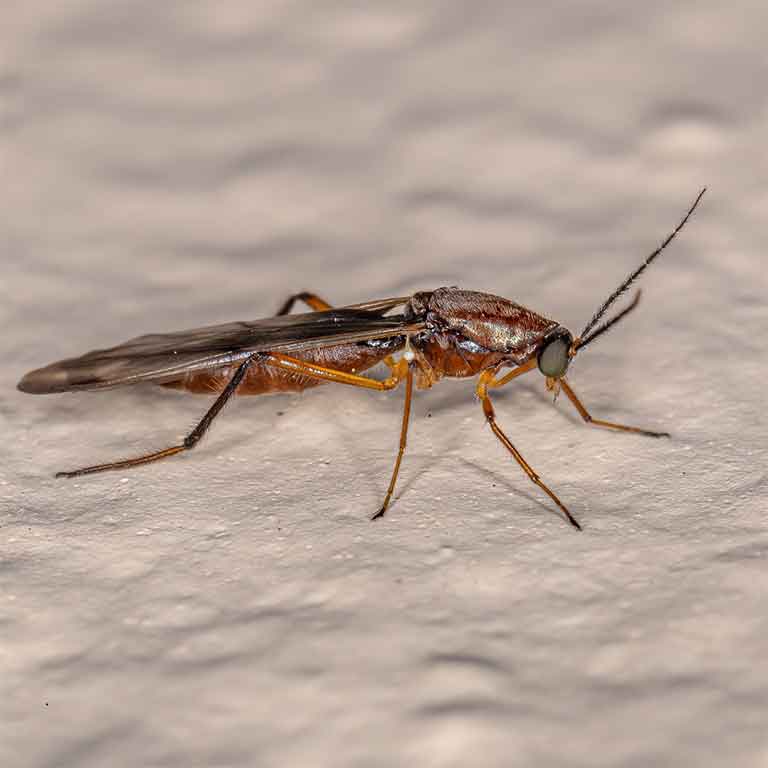
Iceland has several national parks and nature reserves to protect its unique wildlife and natural landscapes. Some key conservation areas include:
Þingvellir National Park: A UNESCO World Heritage Site known for its historical significance and unique geology, it is also home to diverse birdlife and fish species.
Snæfellsjökull National Park: Encompassing the Snæfellsjökull glacier, this park protects a variety of habitats, including coastal cliffs teeming with seabirds.
Discover the secrets of the Snæfellsjökull National Park on a tour of the Snaefellsnes Peninsula.

Hornstrandir Nature Reserve: Located in the remote Westfjords, Hornstrandir is a haven for Arctic foxes and seabirds, with strict regulations to preserve its pristine wilderness.
A day tour to Hornstrandir Nature Reserve is the best way to explore the untouched nature of the Westfjords.

Hvalnes Nature Reserve: Located on the east coast of Iceland, Hvalnes is home to various bird species, the most abundant of which are Whooper swans.
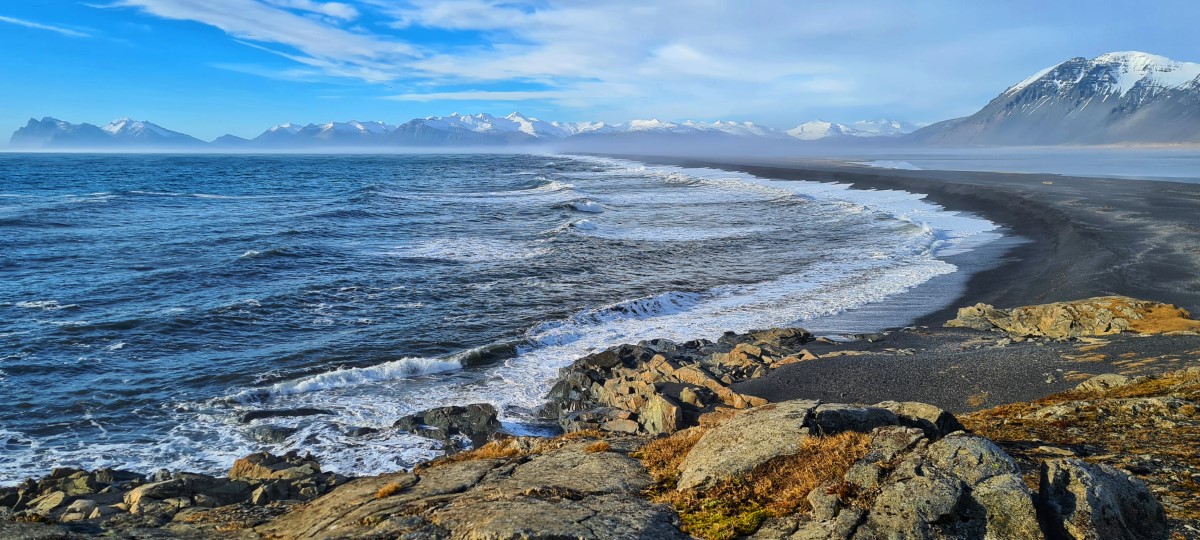
Vatnajökull National Park is widely located in three parts of Iceland: central, south, and east. It is home to many species of birds, reindeer, and seals in various parts of the National Park.
Discover the secret glaciers of Vatnajökull Glacier by booking a private tour with us.
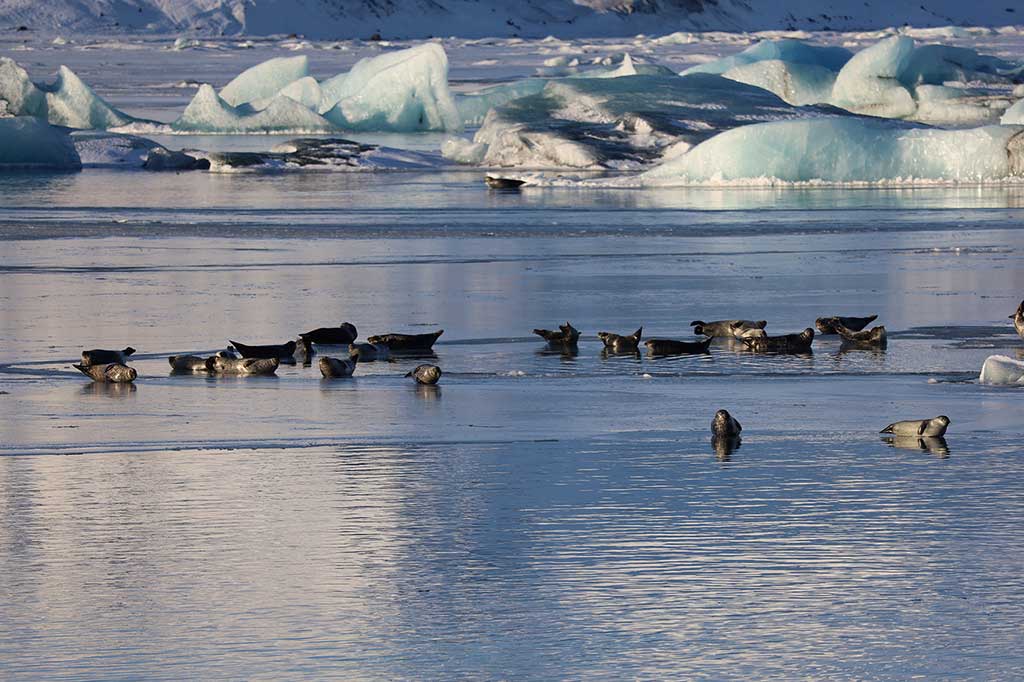
Iceland’s wildlife faces various environmental challenges, including:
Climate Change: Warming temperatures affect glaciers, sea levels, and ecosystems, impacting species like the Arctic fox and migratory birds.

Human Impact: Tourism, fishing, and other human activities can threaten habitats, particularly in fragile areas like wetlands and coastal cliffs.
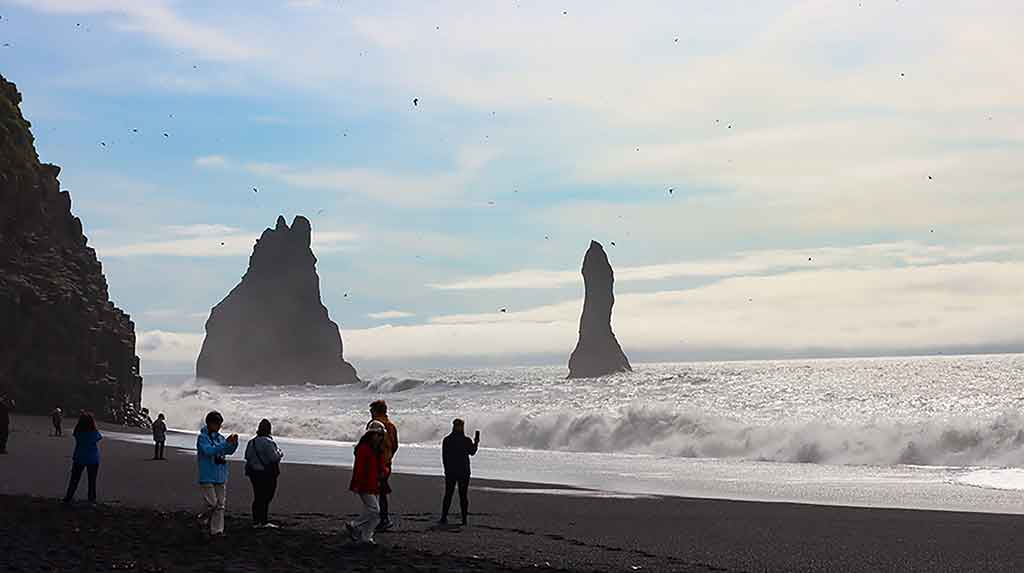
Iceland’s wildlife is unique and well-adapted to the island’s harsh and variable conditions. The country’s relatively low biodiversity is compensated by the richness of its marine and avian life, making it a fascinating destination for nature lovers. Efforts are ongoing to protect and preserve this unique environment for future generations.
When you visit the Land of Fire and Ice, we advise you to respect Icelandic nature and Icelanders.













